Mako SmartRobotics- Total Hip Arthroplasty

Unlike traditional hip replacement surgeries, Mako SmartRobotics Total Hip Arthroplasty (Mako Total Hip) accurately executes hip replacements with robotic arms; through the determining of the best matching size and positioning of the hip prosthesis for patients, the precision of the position of the acetabulum can be increased, largely reducing the occurrence of post-surgery dislocations and uneven leg lengths.
【Main indications】
Targeted at severe hip osteoarthritis patients with excessively worn hip joints experiencing major symptoms of pain, limping, and difficulties in spreading legs apart that require total hip joint replacements.
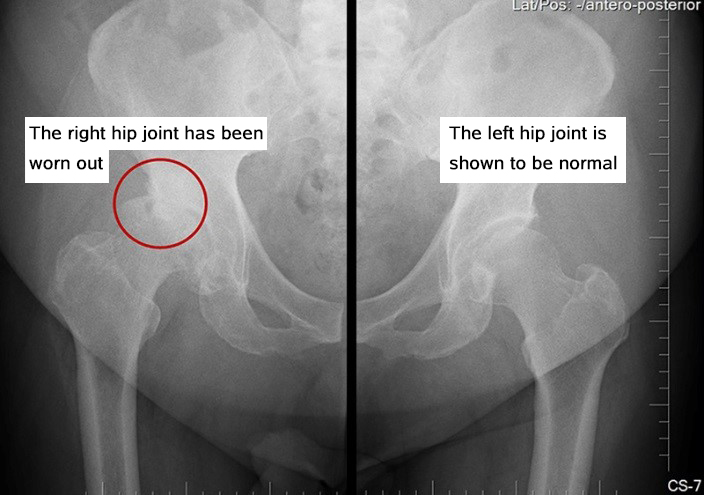
【Surgical procedures】
1. Tailored pre-surgery planning
The incorporation of 3D modeling of the hip joints with CT images (as shown below) and pre-surgery planning conducted through Mako® robotic arms can determine the most suitable size and positioning of the hip prosthesis for patients.
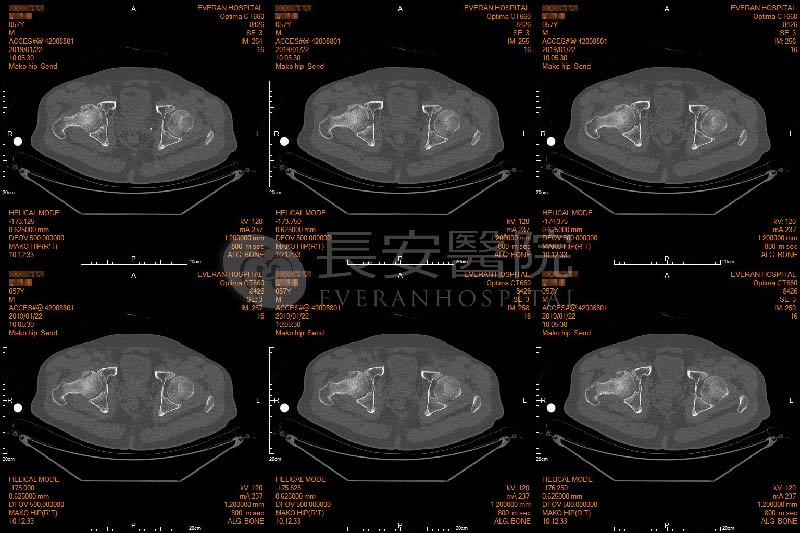
2.Real-time data provided during surgery
During the surgery, real-time 3D images of the patient’s bones (as shown below) and the kinetic parameters of the joints are provided to enable the orthopedic surgeon to immediately adjust or check the position of the prosthesis, performing the surgery completely according to the condition of the patient’s hips.
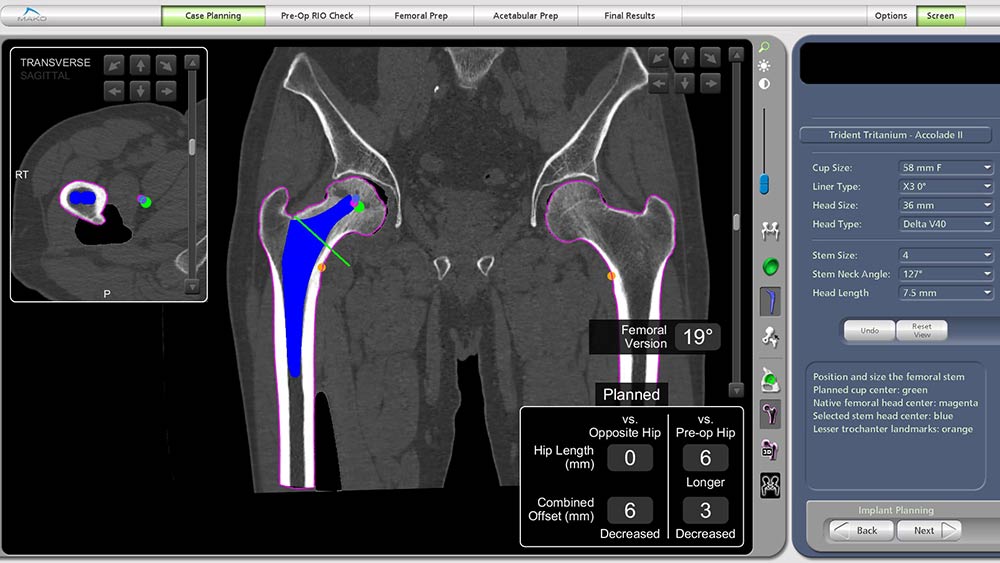
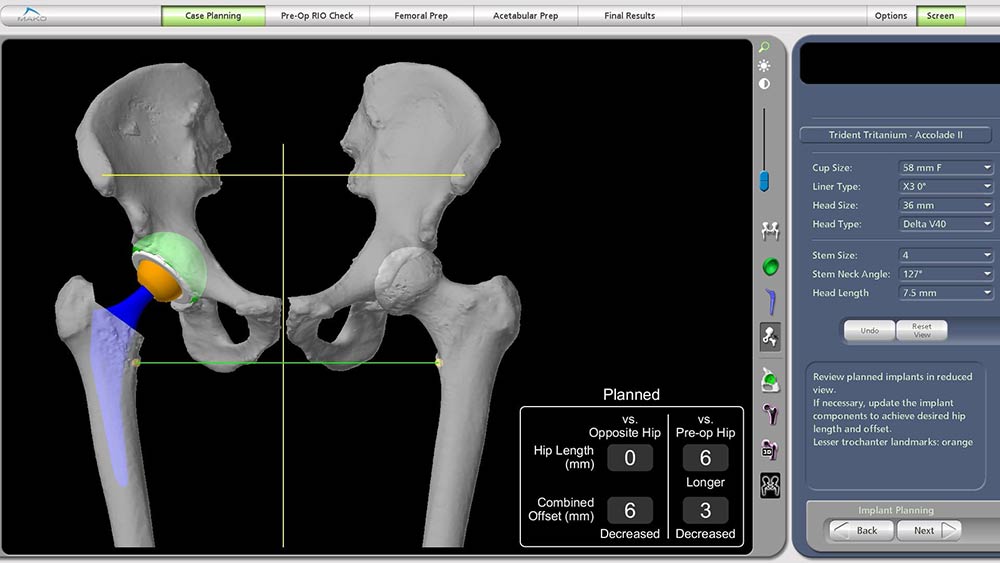
3.Satisfying post-surgery range of motion
Precise planning and positioning of prostheses to reduce post-surgery stiffness, which can not only achieve a natural range of motion for the joint, but also prolong the life span of the hip joint.
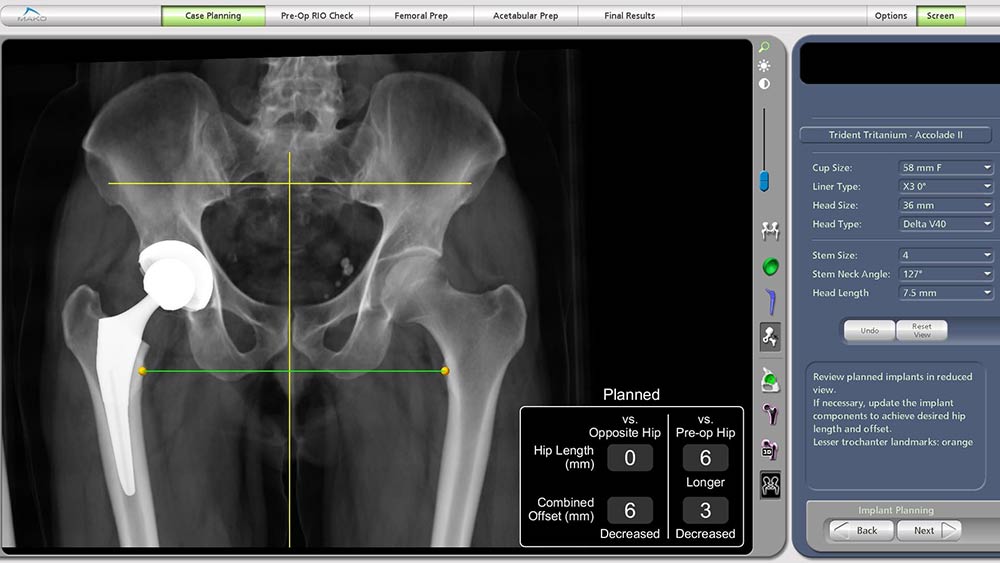
【Features of the surgery】
1. The wounds, only 12~15 cm in length, are smaller than that of traditional surgeries.
2. Precise positioning of the acetabulum through computerized localization, largely reducing the possibilities of post-surgery dislocations.
3. Shortened post-surgery recovery periods and more natural motions of the hip joints.
4. Eliminating uneven leg length problems, restoring the sensation of walking normally.
【A comparison of surgical approaches】
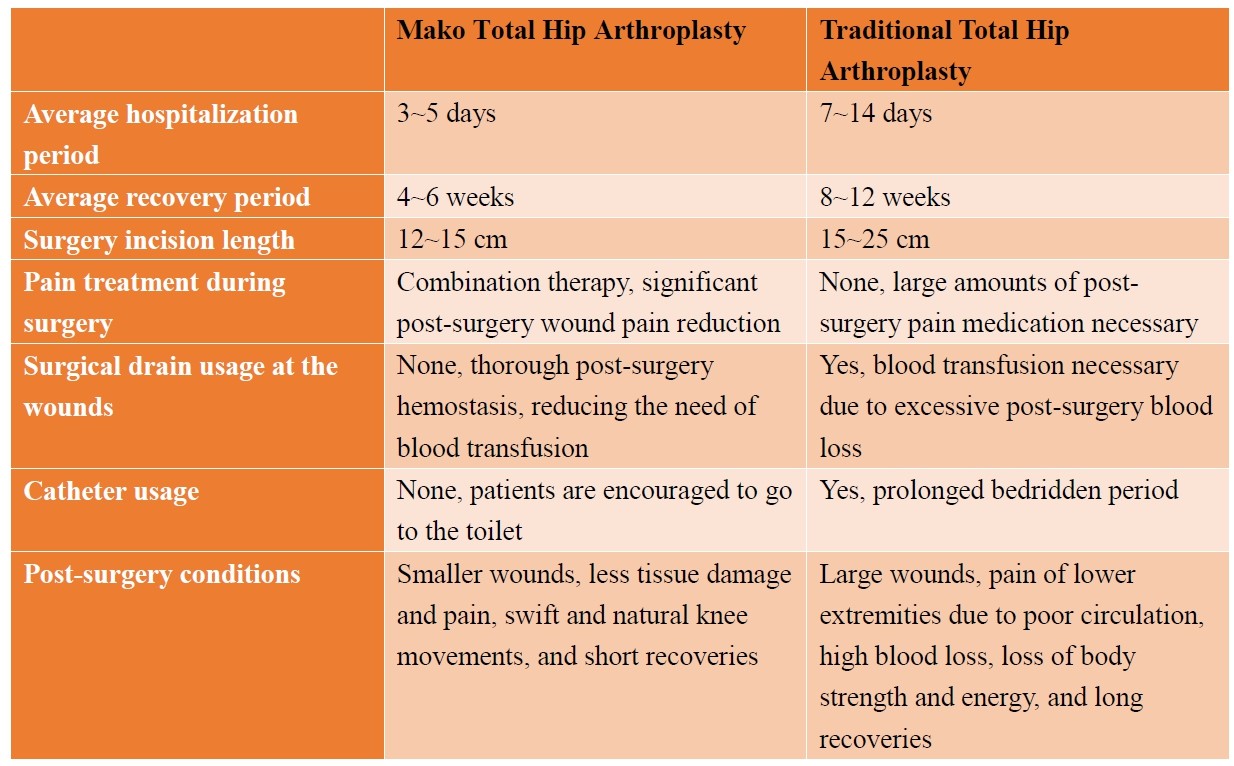
 Contact Us
Contact Us FB Customer Service
FB Customer Service LINE Customer Service
LINE Customer Service